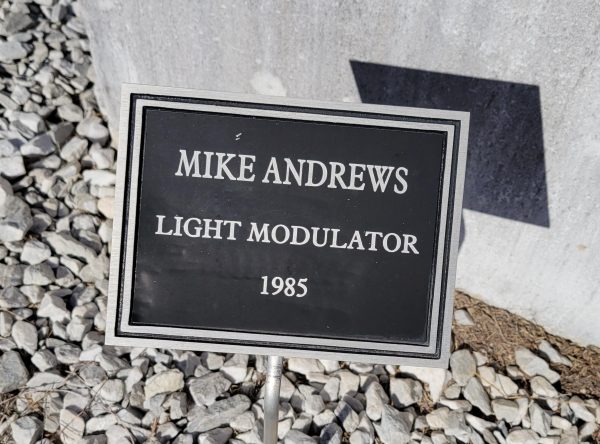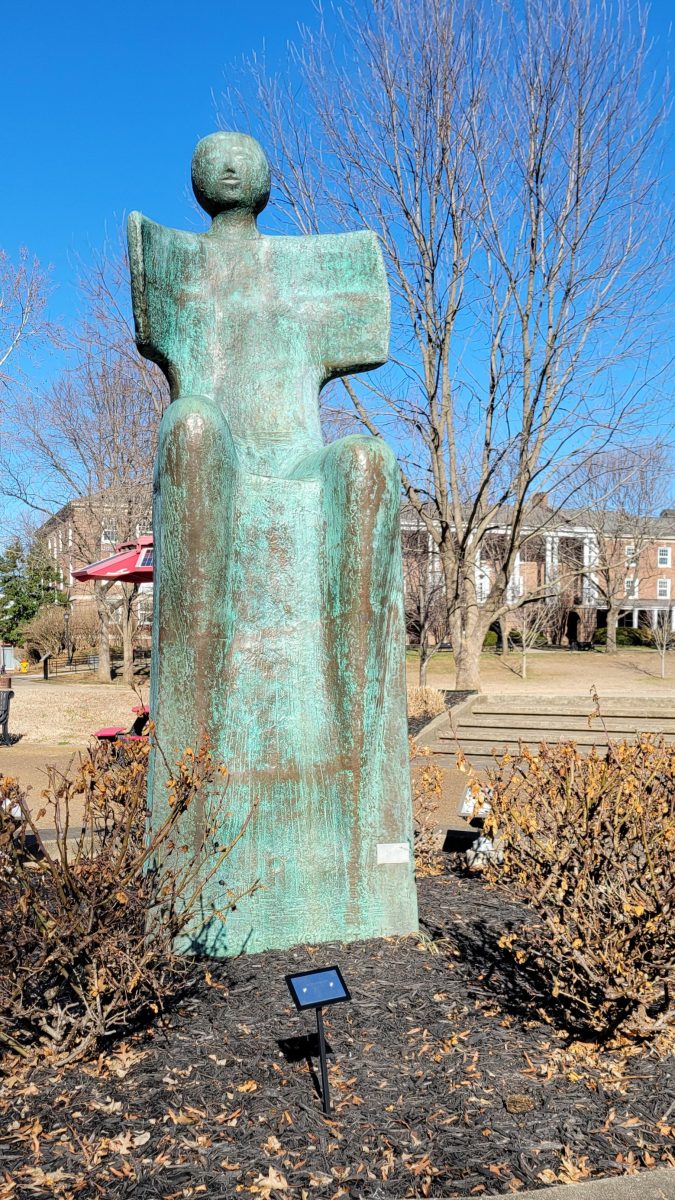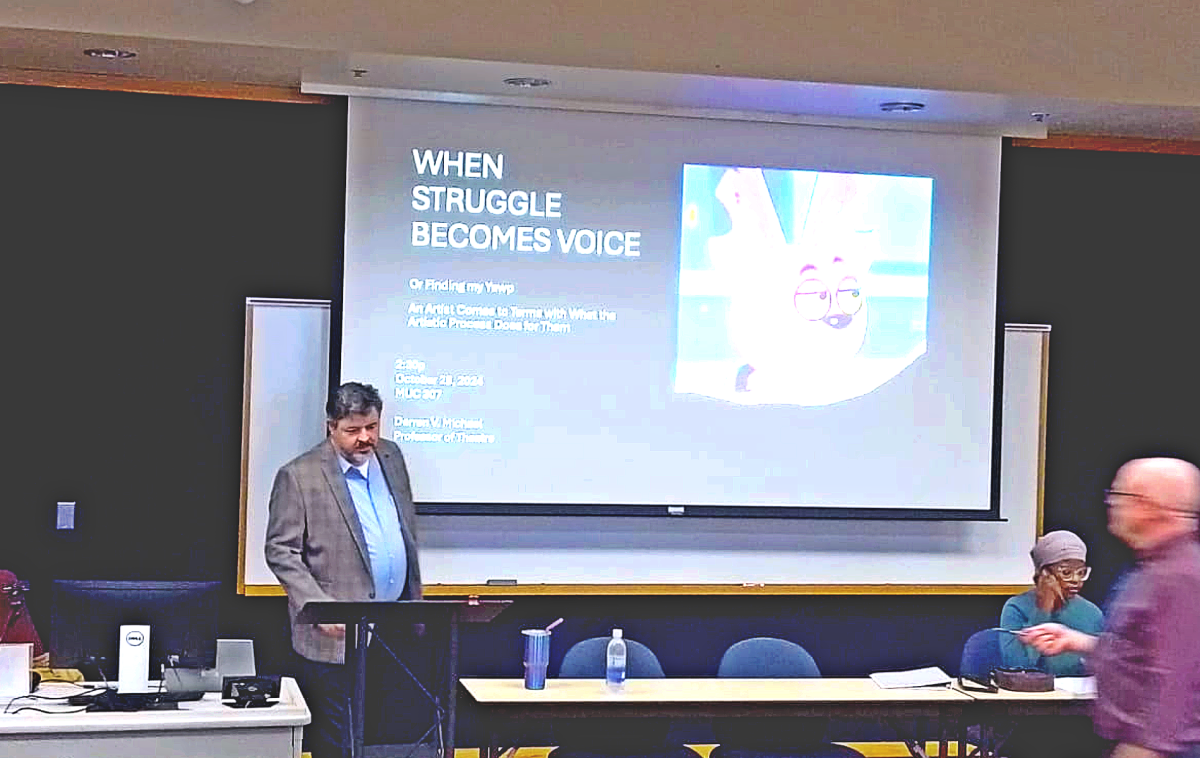A Sentinel Sculpture
One of the many things Austin Peay State University is known for is the interesting sculptures that are in varying locations across campus.
The only issue is that not very many people know the meaning behind them.
When students on campus were inquired about the sculptures, all of them reported back that they had no idea what they meant, nor could they confidently report back how many there are.
“I don’t know the meanings behind them, and I don’t know how many there are. I think there’s four maybe five,” said Florence Isbill, freshman, animation major.
It was noted that the only sculpture that could be accurately described is ‘The Gateway’, which is located in front of the Brown building and in between the Clement and McCord building. Often appearing on Austin Peay postcards.
“The one I know is the one that looks like somebody standing that’s in the very front of Austin Peay,” said Leeanna Meek, freshman, biology major.
Even with the sculpture being an important representation of Austin Peay’s message, not a lot of people know the significance behind it.
The Gateway
The Gateway was built in 1986 out of tin and concrete. Dr. James Diehr built it for the 1986 Tennessee Homecoming, and for the university’s president at the time, Robert O. Riggs. Dr. Diehr was a professor of ceramics and sculpture at Austin Peay, and incorporated symbolism into the statue. The books at the base are symbolic of ‘a storehouse of knowledge.’ Liberal arts and science education is represented by the crucible at the top, and the ladders on each side of The Gateway symbolize how “students rise with education.” There is a person cut out from a bell in the center, which represents learning and liberty. If you walk through the entrance of Austin Peay, the person looks like someone facing the university, ready to take on their education. If you walk towards the sculpture to exit through the AP entrance, it appears to be someone with a diploma in hand, leaving Austin Peay.
Synthesis
In 1984, Synthesis was made out of Tennessee black marble. The sculptor, Howard Brown, was a senior at Austin Peay at the time of creation. Synthesis was originally supposed to be an indoor sculpture, but due to the weight, It now resides in front of the Woodrow Wilson library. Brown is also the sculptor of the bronze sculpture of Wilma Rudolph that is located in downtown Clarksville. See the statue and learn more about Wilma Rudolph here: Shattering Barriers: 60 Years Later, Wilma Rudolph’s Olympic Gold Medal Runs Still Inspire. Brown incorporated rich symbolism into Synthesis. The Synthesis’ base was symbolic of Brown as an artist, and held a description of the meaning and creation; however, weather and landscaping caused the base to be damaged. The hole in the center of the sculpture is symbolic of the community and events that draw students to Austin Peay. The shape is representative of the achievements that students can reach after completing their college education.
A Sentinel
A sentinel was created by a popular Tennessee artist Olen Bryant in 1985 out of bronze. Unfortunately, Bryant graduated from Austin Peay’s rival college, Murray State University. Nonetheless, Bryant was a professor at Austin Peay State University for 27 years (1958-1991). During his 27 years at Austin Peay, he was a professor for the art department and chair of the Sculpture and Ceramics Department. A Sentinel is located in front of the Morgan University Center, across from Harvill Hall. It sits on a four sided pillar, and has engraved messages on each side of it, sharing words of wisdom: “loyalty is important in all important things,” “build your character on the solid rock of integrity,” “act with candor in every matter,” and “be courageous in every act of life.” The statue itself is a figure opening its arms in a welcoming manner, perhaps welcoming new students to the university.
The Light Modulator
The Light Modulator is a sculpture made out of wire, steel, and surewall that was created in 1985 by Mike Andrews, who donated it in 1986 to the university. Andrews is also an APSU alumni. The sculpture has no known meaning, and is only there to interact with the sunlight, hence the title, “The Light Modulator.” You can find the Light Modulator on Austin Peay’s campus in between the Art and Design building and the Music and Mass Communications building.
The sculptures on Austin Peay’s campus not only make the landscape interesting, but they reflect Austin Peay’s values of: academic excellence, integrity, community, personal growth, life-long engagement, and collaboration. Their rich symbolism is a direct reflection of what it means to be a governor.
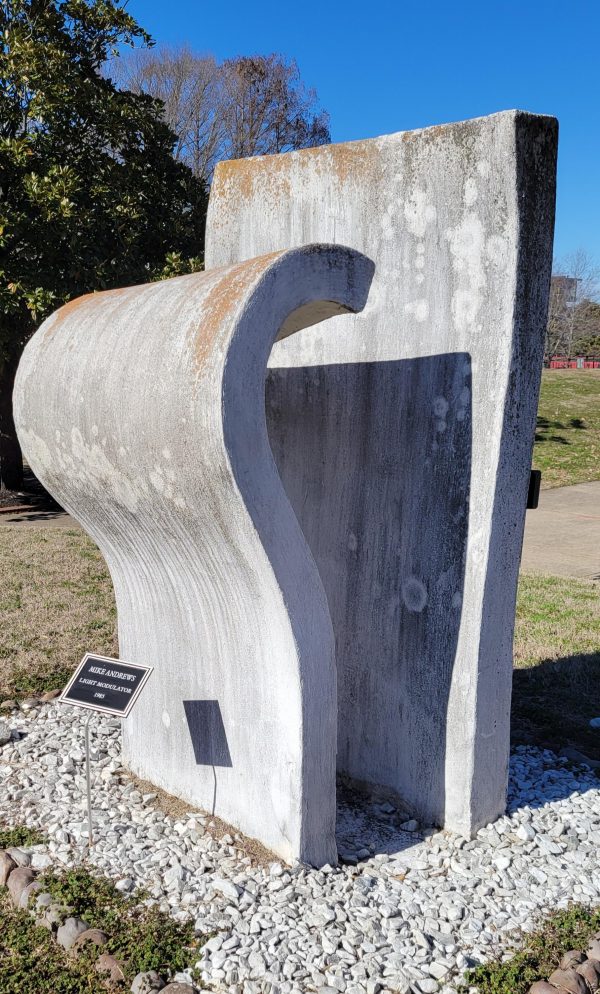
Light Modulator 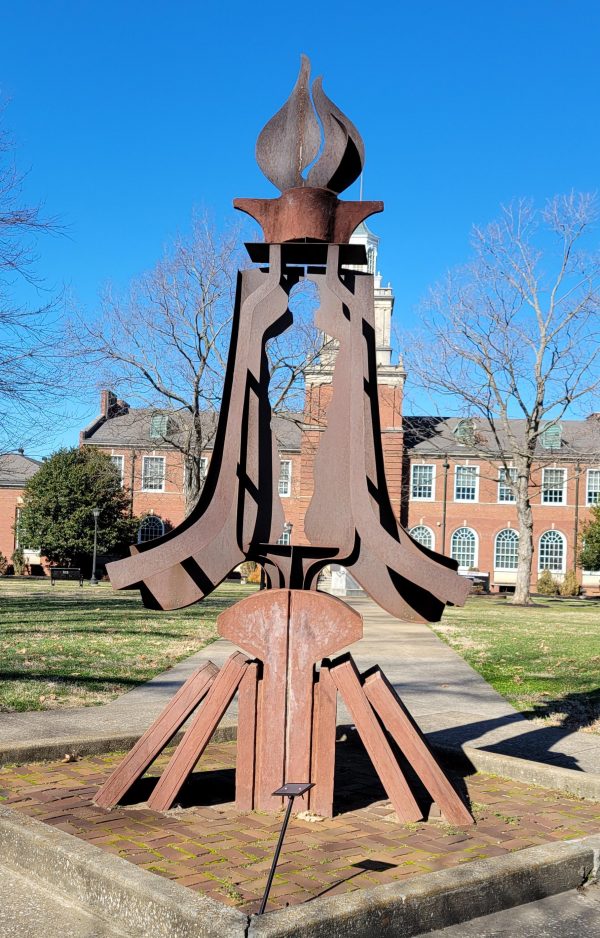
The Gateway 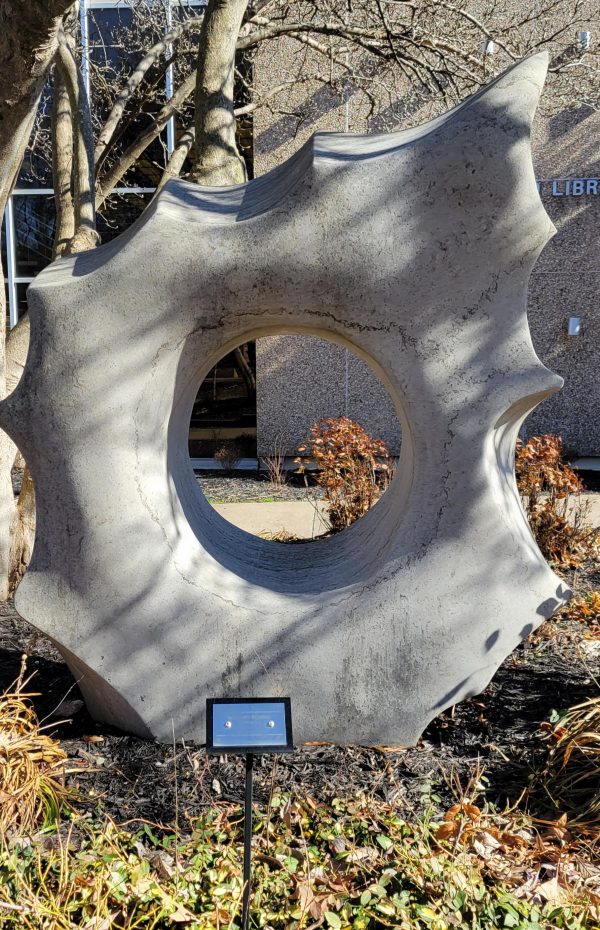
Synthesis 